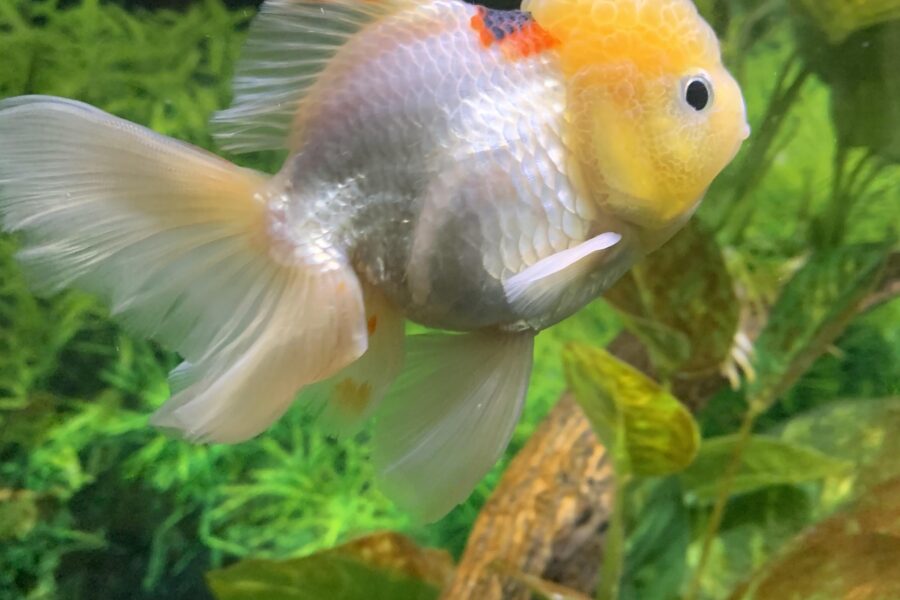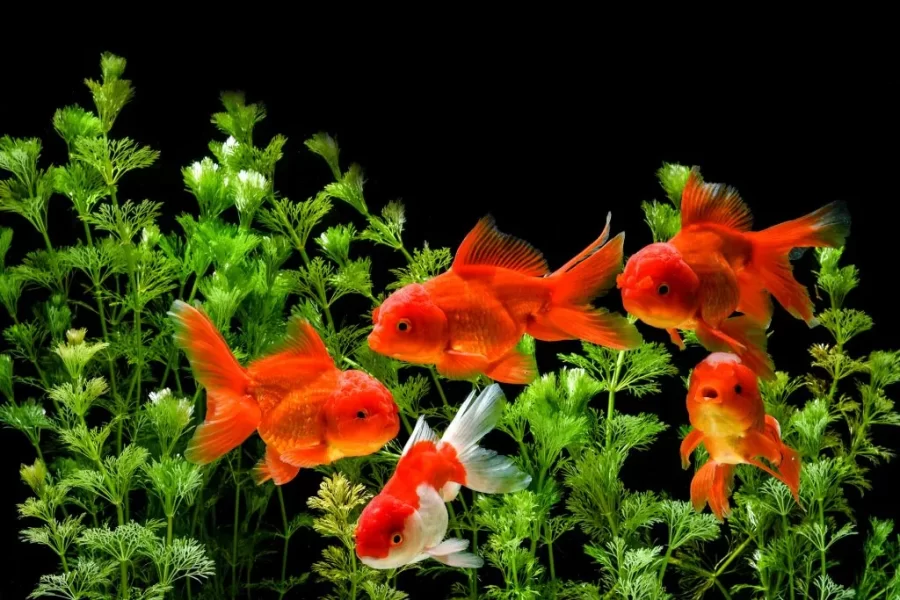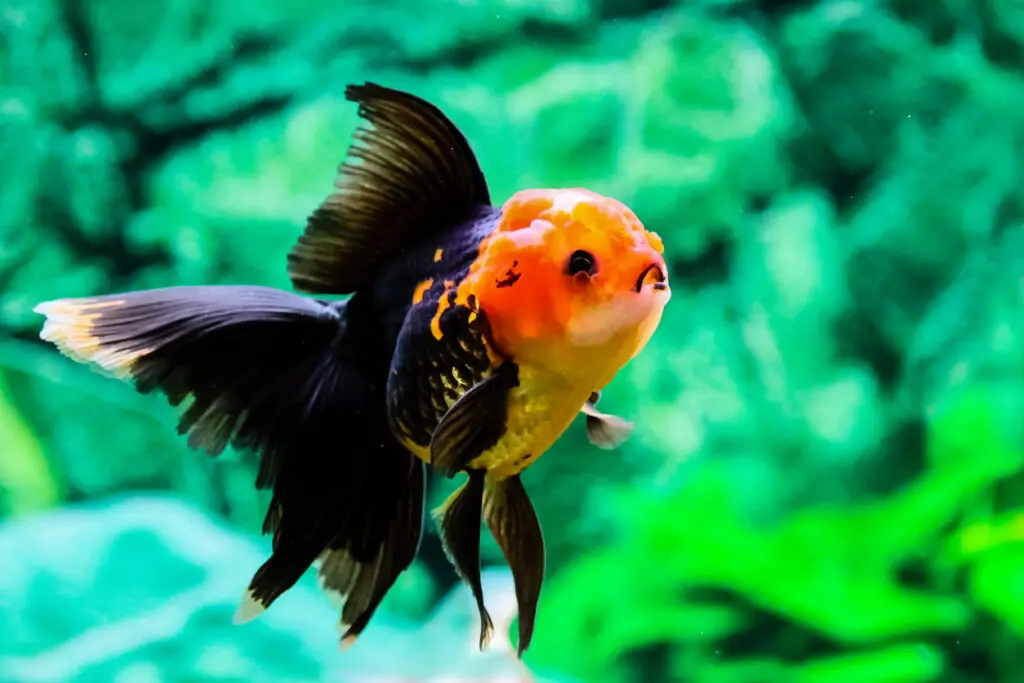
Internal Parasites in Goldfish – sounds like a horror movie title, doesn’t it? But, unlike the silver screen, this story plays out in the watery depths of your home aquarium. If your goldfish are feeling a little ‘under the weather’ and not quite as bubbly as they should be, there may be some unseen invaders lurking within. Don’t fret! We’re here to guide you through the murky waters of parasitic infections, helping you to diagnose, treat, and prevent these dastardly critters from bugging your finned friends.
As we dive into the depths of this finned-fiasco, we’ll share stories from fellow goldfish owners and aquarists who’ve successfully waged war against these miniature monsters. So grab your battle gear (or at least a magnifying glass and a trusty fish net), and let’s get started on ensuring your goldfish swim in parasite-free waters!
Getting to Know Your Goldfish
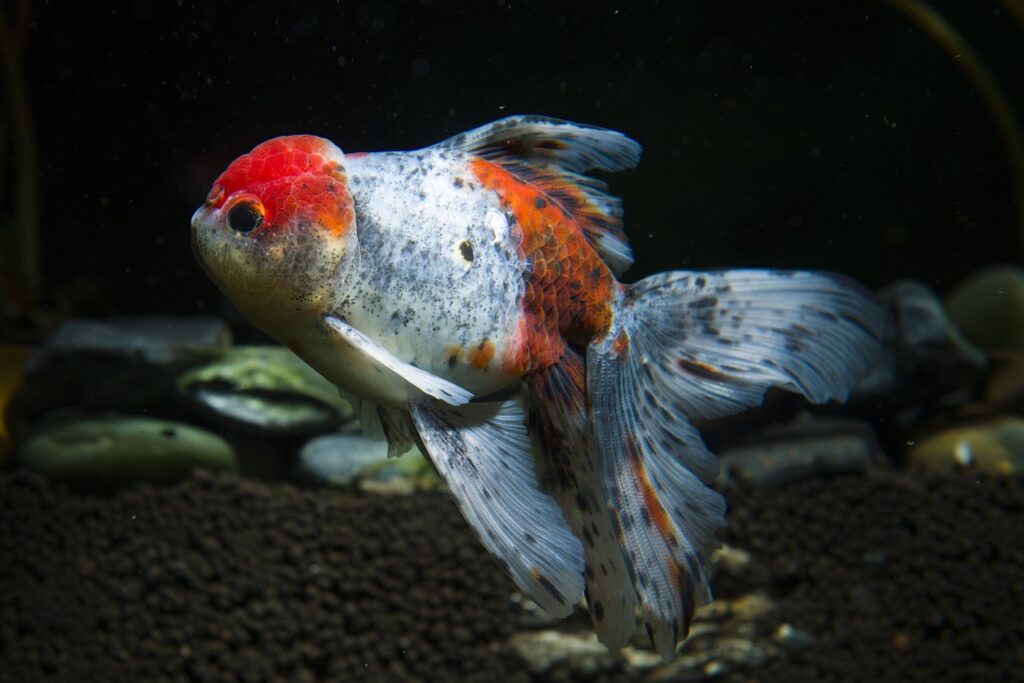
Becoming a parent is a big deal, regardless if it is a furbaby, a human baby, or a goldfish baby. You can’t just scatter some fish food into the tank, plop in your goldfish and call it a day. Things don’t just happen swimmingly… or do they? Let’s take a deep dive into our aqueous friend’s world. Don’t worry, you won’t need a snorkel.
Understanding Goldfish Anatomy
Goldfish anatomy, much like ours, can seem baffling. Guess what? We won’t be exploring the inner caverns of their digestive tract to fish out a PhD. Instead, we will look at outward signs that can clue us in to their internal workings. Imagine watching your finned friend muster its best impressions of a Shakespeare play. To swim or not to swim, isn’t that the question? Not only do we explore digestive tract signs, but we also examine their fins, color, and even toilet habits, because, hey, it’s not like they’re any different from your adorable toddler. Let’s keep on swimming to the next section.
Familiarizing with Goldfish Behavior
Watching a pet fish swim can be soothing, can’t it? Yet, what if they’re yelling ‘Houston, we have a problem’ using their unique piscatorial language? Observing their swimming antics, their food habits, and their interaction with the environment could shed light on their mysterious fishy lives. And no, we won’t need any decoding ring for this, just keen observation and some patience.
So, we have discussed the details, now hold your breath as we dive deeper. We’re about to plunge into the murky world of internal parasites. Hey, don’t cringe! We promised this would be thrilling, didn’t we? Get ready, because it’s going to be a slippery ride!
Goldfish and Internal Parasites

So, your goldfish has been looking a bit glum lately? Maybe it’s not the lack of Goldie’s favorite food. It could be something far more sinister. Oh yes, we’re talking about the dreaded internal parasites!
Different Types of Internal Parasites in Goldfish
Parasites are like loiterers. There are several types, and each can be a real pain in the gills. The most common internal parasites in goldfish include tapeworms, roundworms, and flukes. Each one of these uninvited guests can wreak havoc in the delicate system of your aquatic amigo. From distracting itch to reduced appetite, these invisible troublemakers can steal away your goldfish’s zest for life.
How a Goldfish May Contract Parasites
“How,” you wonder, “did my squeaky-clean aquarium turn into a parasite party?” Well, those beastly bugs don’t need an engraved invitation. They can hitch a ride into your tank on new fish, plants, or even the water you use. Other culprits include contaminated food and poor water conditions. Keeping these villains out of your goldfish’s world requires a mix of vigilance and knowledge—which you’re gaining right now!
So, we’ve spoken about the pesky parasites, but how do you know if they’ve settled into your goldfish? Buckle up and get ready to dive into the next section about identifying those common symptoms. Nothing beats being armed with information when it comes to tackling any health issue head-on, right? Quick spoiler alert: You’re about to become a bona fide goldfish detective!
Identifying Common Symptoms

Like a dad frantically consulting WebMD at the first sight of a child’s rash, spotting the symptoms of internal parasites in your goldfish is critical. Knowing what is normal and what isn’t can save our goldfish-loving hearts from being broken. So, let’s dive in and find out what cries for help our aquatic pals might send us.
Changes in Goldfish Appearance
“Mirror mirror on the tank wall, who’s the fairest goldfish of them all?” Well, I hate to be the bearer of bad news, but if your goldfish is paler than a vampire who’s dodged the sun for centuries, this could indicate a problem. Equally alarming is becoming dramatically thinner, as if on a Hollywood diet. Abrupt changes in color, loss of scales, or bloated bellies—consider these your aquatic red flags.
Unusual Goldfish Behavior
We all have our off days, but when Goldie starts acting notably different, it’s cause for concern. If they’re hiding often or refraining from swimming, guess what? Something fishy is going on (pun intended). Also watch out for erratic swimming, or if they’re gulping more air than usual. It’s like they’re auditioning for a role in a fish version of Psycho; it’s unusual and certainly worrisome.
Other Signs of Distress
And as if that wasn’t complex enough, parasites could also result in other less obvious clues. Watch out for changes in their pooping patterns—if they’re more strained or look different, it’s likely not a good sign. Ever seen an insomniac fish? If your goldfish isn’t resting or is hyperactive, we have an issue. Changes in breathing rates are also huge red flags!
Spying any of these symptoms? We better keep swimming onto the next section! It’s time to channel your inner veterinarian and learn about diagnostic procedures. Because when Goldie starts acting oddly, it’s time to solve this fishy mystery. Let’s buckle up and get set for some aquatic CSI: Goldfish style.
Diagnostic Procedures: Your Goldfish’s Mini Medical Drama
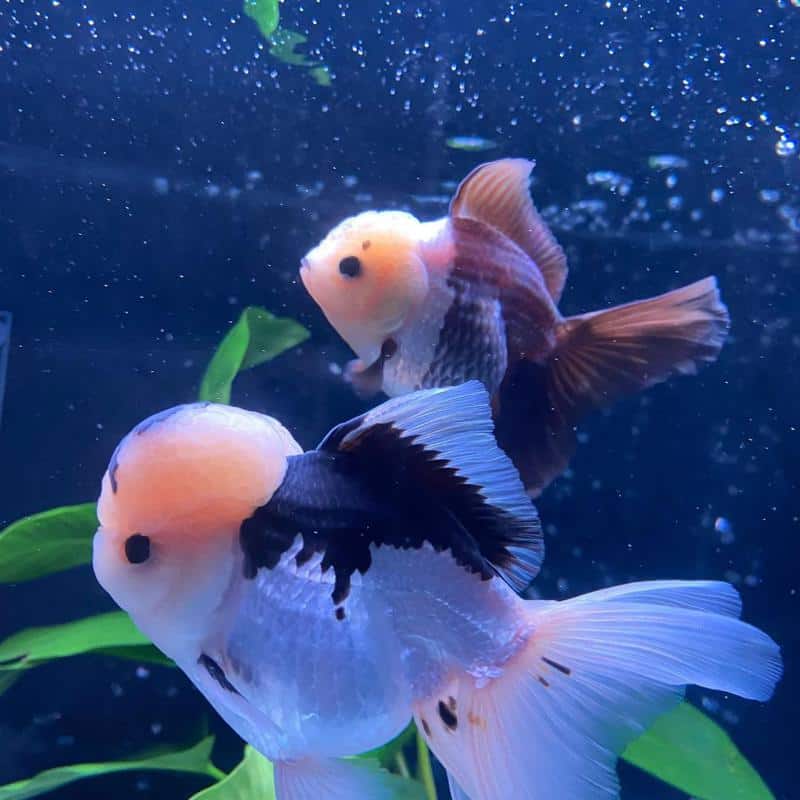
Even though our finned friends can’t verbalize their discomfort, they surely show symptoms when unwell. It’s like playing Sherlock Holmes, but in an aquarium! Speaking of detective work, let’s delve into the diagnostic procedures.
Common Diagnostic Tools
Once the signs of an internal parasite infestation become more apparent, it’s time to pull out our investigative tools. Centuries of science have gifted us with useful devices for examining goldfish, so we won’t require a magnifying glass or a deerstalker hat!
Observing your goldfish’s physical appearance and behavior will be your primary tool. But hold on, we’re not limiting our medical arsenal to just that. Tools such as microscopes are used to analyze fecal samples for any traces of parasites. Fecal examinations, while a bit yucky, are crucial in helping us crack the case.
Importance of Veterinary Consultation
“Wait, can’t I just diagnose and treat my goldfish myself?”, you might ask. Of course, you can, but a word of caution; Sometimes, us enthusiastic fish owners can go a tad overboard, causing more harm than good. This is where those men and women with veterinary degrees come in handy.
Professional help ensures accurate diagnosis and effective treatment. They use their knowledge, experience, and training to choose the most appropriate medication for your goldfish, thereby avoiding unnecessary treatments or incorrect dosage.
Now, you don’t just drop your finned fellow in a bowl and pass it to the vet. You will have to bag the fish and transport them with the utmost care, lest they decide on early retirement to the big pond in the sky.
Now that we’ve understood the importance of diagnosis and veterinary consultation, let’s surf to the next wave of action – treatment options. It’s crunch time, folks. Let’s treat those pesky parasites and rally for our goldfish. To the fish tanks!
Treating of Internal Parasites in Goldfish
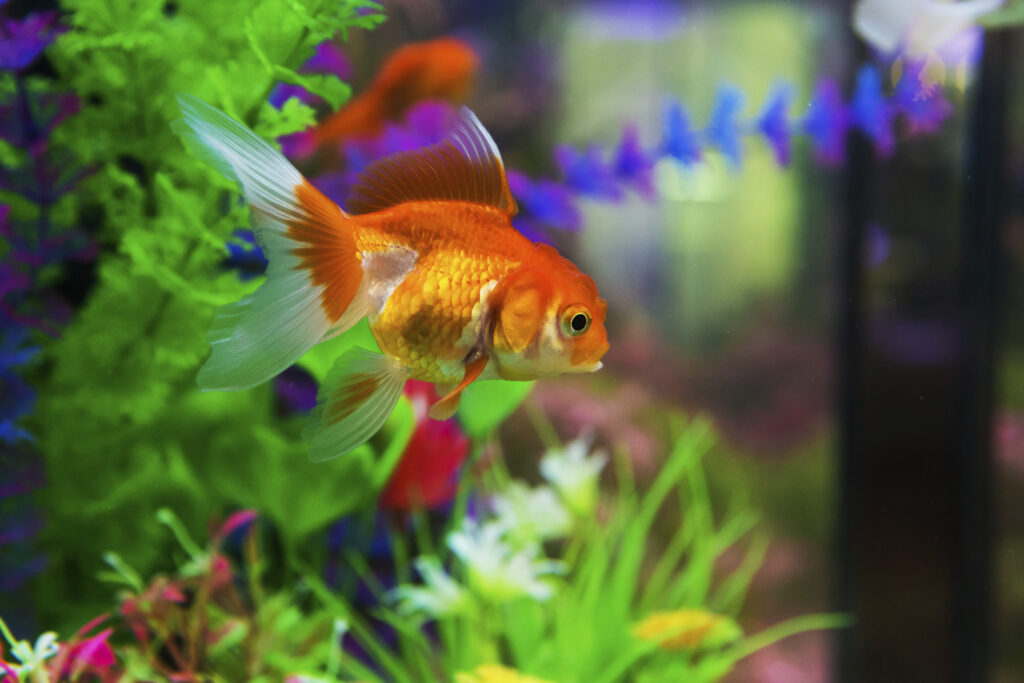
So we’ve uncovered the dark side of goldfish health – those creepy internal freeloaders, or better known as parasites. Now, take a deep breath. Don’t need to grab your Sherlock hat yet. We got you covered. Let’s dive into the realm of treatments and discover how to chuck them out.
Medications and Their Usage
Tomwhack-a-mole with parasites isn’t as fun as it sounds. The good news? There’s an aisle full of medications out there armed and ready for battle. But you need to be careful. Not every solution fits all. It’s crucial to consult a knowledgeable vet before dashing to grab any random medication, as improper usage can do more harm than good to your scaled buddy.
A string of common medications are available like Metronidazole, Praziquantel, and Levamisole. Each of these nifty, no-nonsense anti-parasite fighters carries unique capabilities to banish various parasites. However, they should be applied under vet guidance to avoid any nasty aftermath.
Natural Remedies and Their Efficacy
On the other side of the spectrum are the natural remedies – the pharmaceutical world’s version of Gandalf waving away the Balrog. Salt treatment can be used as a natural healing tool. Yes, the same salt you sprinkle on your morning toast. It can help deter some parasites. Garlic is also believed to have anti-parasitic properties. So next time you make spaghetti, save some garlic for your goldfish.
However, it’s worth noting that natural remedies may not always pack the hefty punch needed to fully eliminate parasitic infestations. So, while they can be part of a holistic treatment approach, they shouldn’t replace professional veterinary advice or appropriate medication.
“Wait. What’s next after treatment?” you might ask. Well, we’re ready to delve into the most anticipated part, post-treatment care. Remember, beating parasites is just half the battle. Having a happily swimming goldfish again? That’s the real triumph.
Preventing Internal Parasites in Goldfish
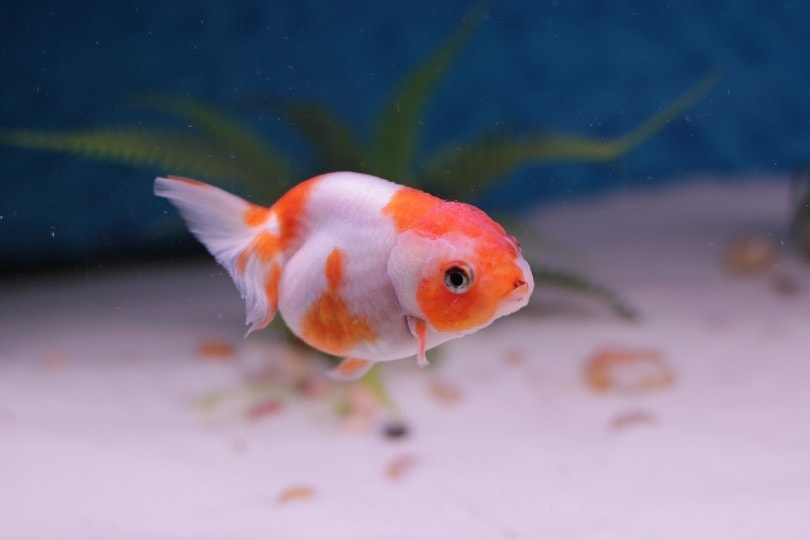
Hey! You’ve done a stellar job keeping up with all this fishy business. Now, we stride into one of the most crucial aspects – prevention. After all, the saying goes that “an ounce of prevention is worth a pound of cure” and goldfish don’t carry a lot of pounds to spare!
Practices for a Parasite-Free Aquarium
There’s good news – the power to prevent those pesky parasites lies largely in your hands, or more accurately, in your aquarium management. Maintaining clean water is step one. Routine checks for any changes in water conditions can safeguard your finny friend’s health. Introduce new fish judiciously. Quarantine them first, lest they’ve brought unwanted party crashers along.
The final checkpoint? Regularly inspect your goldfish for any strange behavior. Now, this part is a little tricky. It really puts the ‘fun’ in ‘fungal infection‘, huh? But no one ever said being a goldfish parent was easy!
Are you ready for more aquatic wisdom? In the next section, we’re serving fish food facts, so stay tuned!
Nutrition and Its Role in Preventing Parasites
Just like us, fish thrive on a balanced diet. A nutritious feed can boost a goldfish’s immune system to fight off internal parasites. The menu? A mixture of fresh, frozen, and dry foods. And remember, avoid overfeeding at all costs; leftovers attract bad bacteria faster than you can say ‘Goldie the Goldfish’.
While following this advice won’t make your aquarium a 100% guaranteed no-parasite zone, it’ll certainly make it a fortress harder to breach. Remember – a healthy goldfish is a happy goldfish, and a happy goldfish makes for a joyous goldfish parent.
And that’s all you need to know about prevention! Pat yourself on the back – you’re officially a pro goldfish guardian. From diagnosis through to treatment and prevention, you’re covered.
Wrap Up
In your journey as a goldfish owner, it’s crucial to understand your pet’s anatomy and behavior. This understanding serves as the first line of defense against problems like internal parasites – knowing how they contract these parasites and spotting any symptoms on time. Veterinary consultation is paramount, aided by common diagnostic tools; however, it’s best to prevent these slimy issues in the first place.
Effective treatment strategies, such as appropriate medications and natural remedies, can help your finned friend bounce back to health. But ultimately, prevention remains king, and good aquarium practices, combined with optimum nutrition, can create a parasitic-free environment. So, dive in, and let’s keep our goldfish happy, healthy, and preferably, parasite-free!
Frequently Asked Questions (FAQ)
Question: What are the common types of internal parasites in goldfish?
Answer: The most common types of internal parasites in goldfish are tapeworms, roundworms, and various protozoa like Cryptocaryon irritans and Trichodina.
Question: How can my goldfish contract parasites?
Answer: Goldfish can contract parasites through contaminated water, food, or even new tank mates who might be carriers.
Question: What are the symptoms of a parasite-infected goldfish?
Answer: Signs can include changes in behavior such as lack of appetite or lethargy, physical changes like rapid weight loss, bloating, and color changes, or other signs of distress such as rubbing against objects or gasping for air at the water’s surface.
Question: How critical is veterinary consultation for my goldfish?
Answer: Very! Vets specialize in diagnosing and treating the condition properly, which can greatly improve the outcomes for your little aquatic buddy.
Question: What are the common medications used for treating goldfish parasites?
Answer: Antibiotics, antiparasitics, and copper-based treatments are common. Always consult with a specialist before administering anything.
Question: Can natural remedies be used for treating my goldfish?
Answer: Certain natural remedies, like salt water dips or garlic additives in food, can help, but always consult with a vet before trying these methods.
Question: How can I prevent future parasite infections in my aquarium?
Answer: Maintaining good water quality, feeding your goldfish a healthy diet, and quarantining new fish before introducing them to the tank can help prevent parasites.

